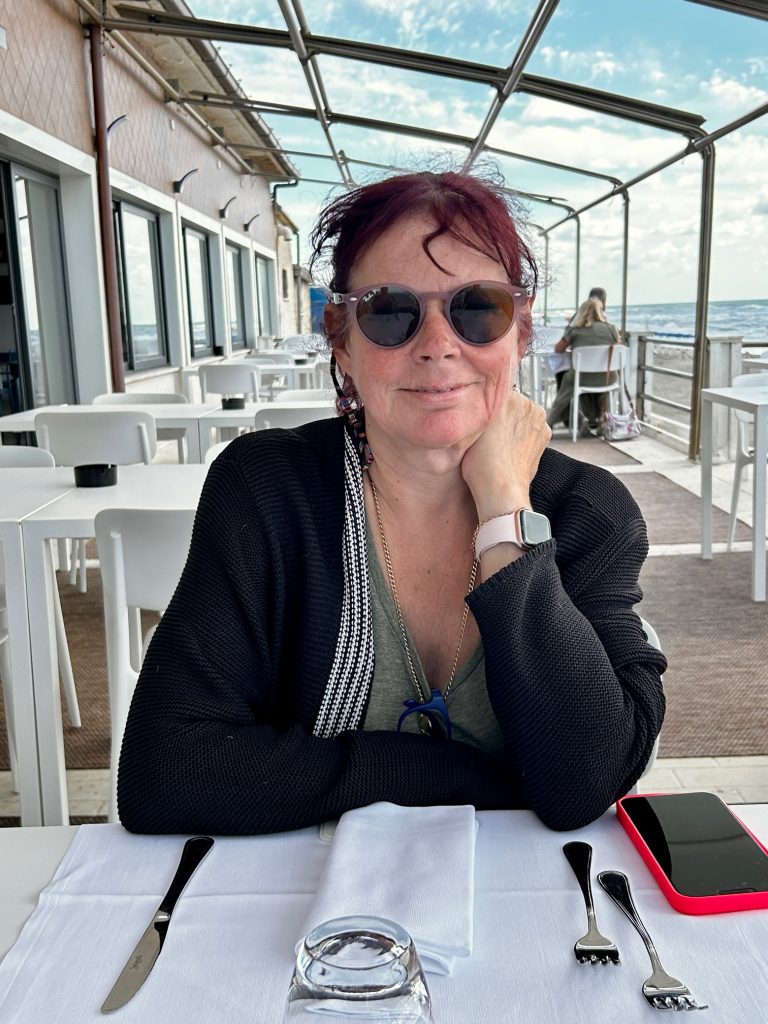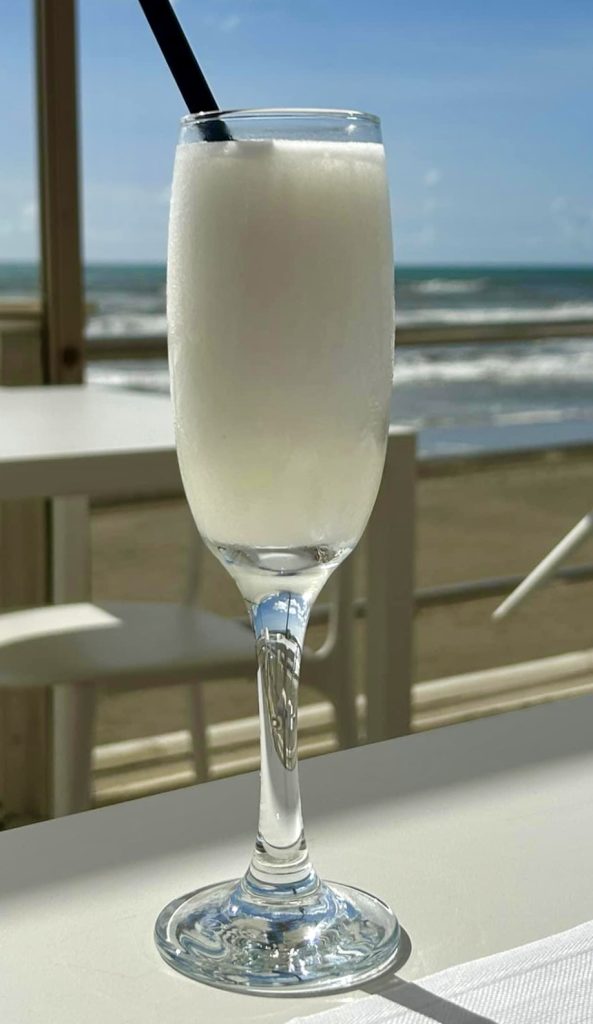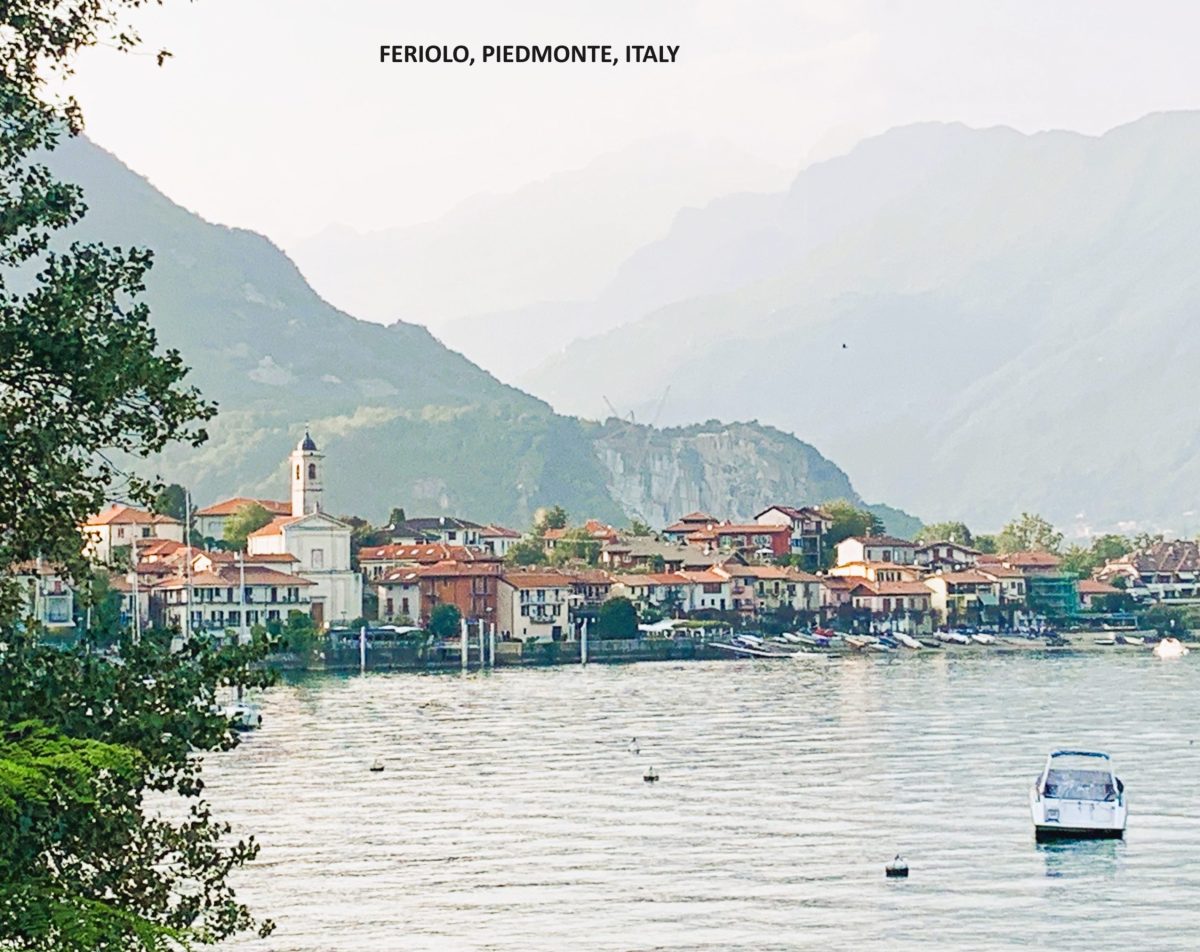We drove to Anzio by way of Orvieto in Umbria.
Anzio is a fascinating medium sized town of some 50,000 inhabitants on the Tyrrhenian Sea, about 30 miles south of Rome. In the Summer, it is very popular with Roman holidaymakers (some 40% of houses in Anzio are second homes to people from Rome) but, outside of those months it is usually quiet. The town, with it’s sandy beaches and a pretty little harbour (a departure point for a ferry and hydroplane service to the nearby Pontine Islands, although Formia is the primary port in this regard) was very quiet as we arrived.
We had the dogs with us and were therefore unable to make the trip to the Pontine Islands but that is an archipelago we will most certainly visit in the future. Only 2 of the 6 islands are occupied all year round (the islands of Ponza and Ventotene) but Palmarola and Zannone are inhabited during the summer months and all six islands have stories to tell; even the deserted Santo Stefano (a penal colony until 1965) and Gavi (now a wildlife refuge).
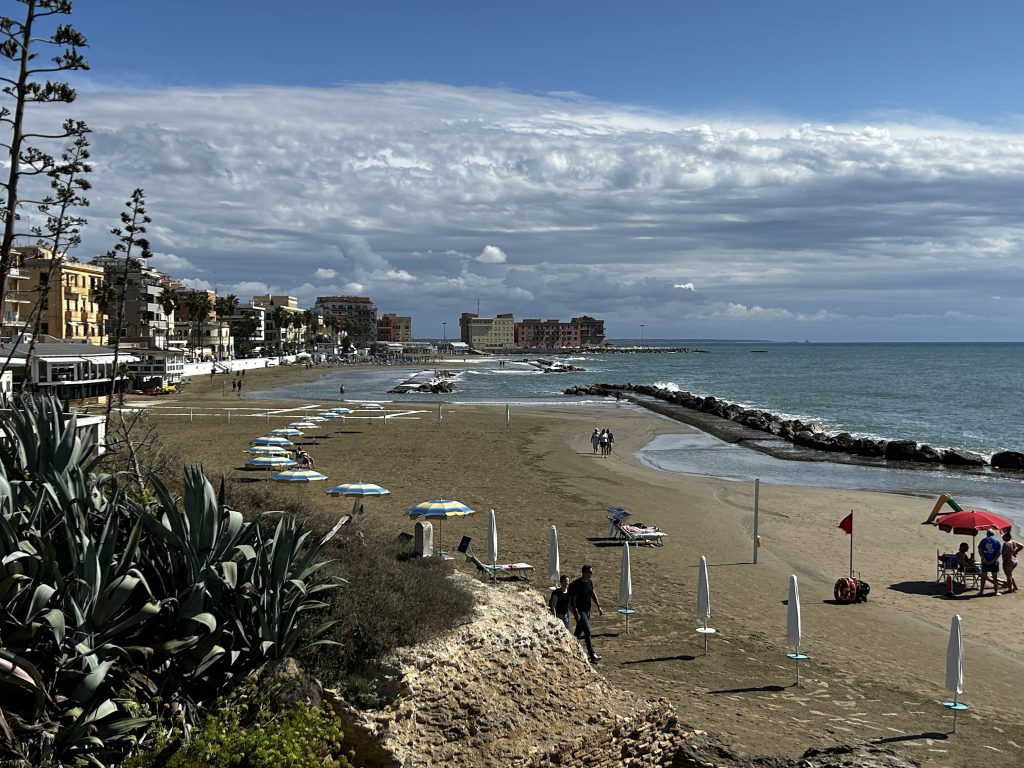
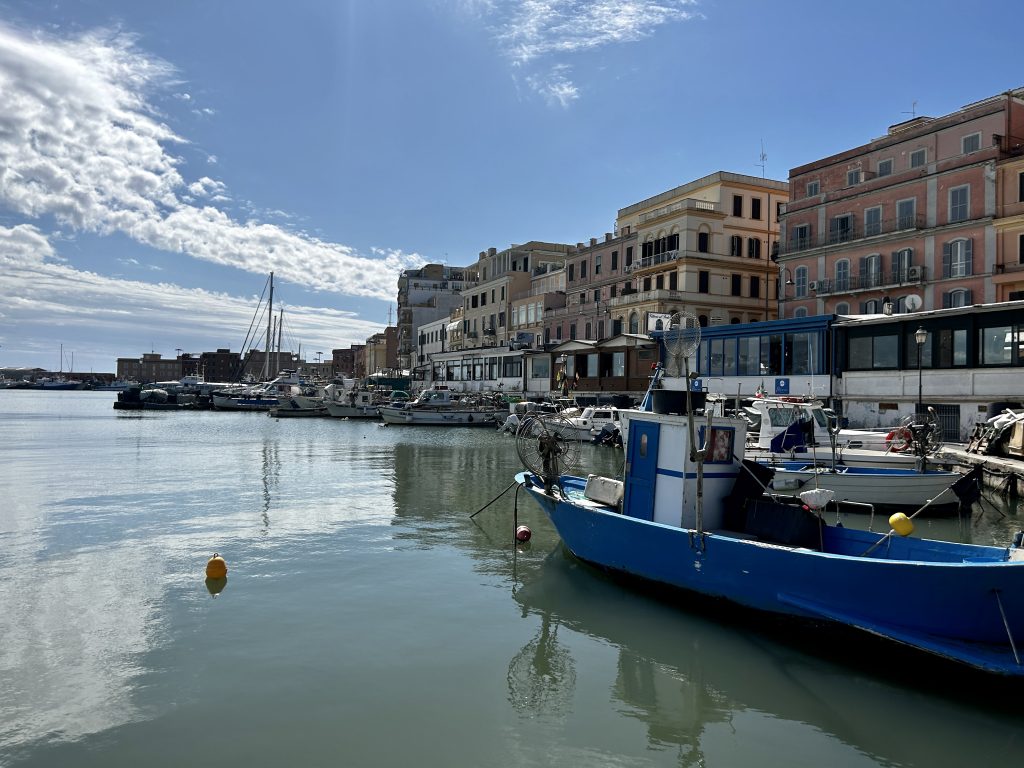
Anzio is steeped in ancient and modern history (with a fair bit in between although the place fell into decline during the Middle Ages). At the time of the Roman Empire, the combined towns of Anzio and Nettuno were known as Antium and was the birthplace of two Julio-Claudian Emperors (Caligula who reigned 37-41 AD and Nero who reigned 54-68 AD). During his reign, Nero developed an enormous, magnificently decorated palace in Antium (the Villa Imperiale di Nerone or Nero’s Villa). Covered in a precious white marble it stretched 800 metres along the beach and 300 metres inland. No doubt with the palace in mind, a subsequent emperor, Hadrian, described Antium as one of the prettiest places in the Empire. There’s not a great deal remaining of the villa but it’s footprint is largely intact.
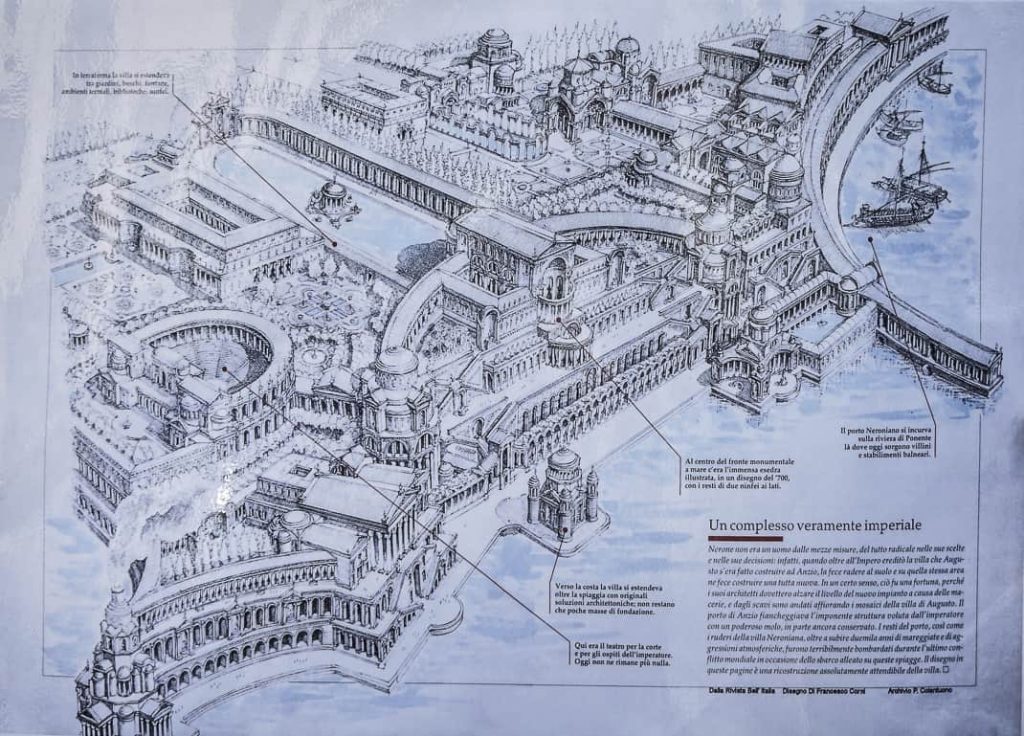
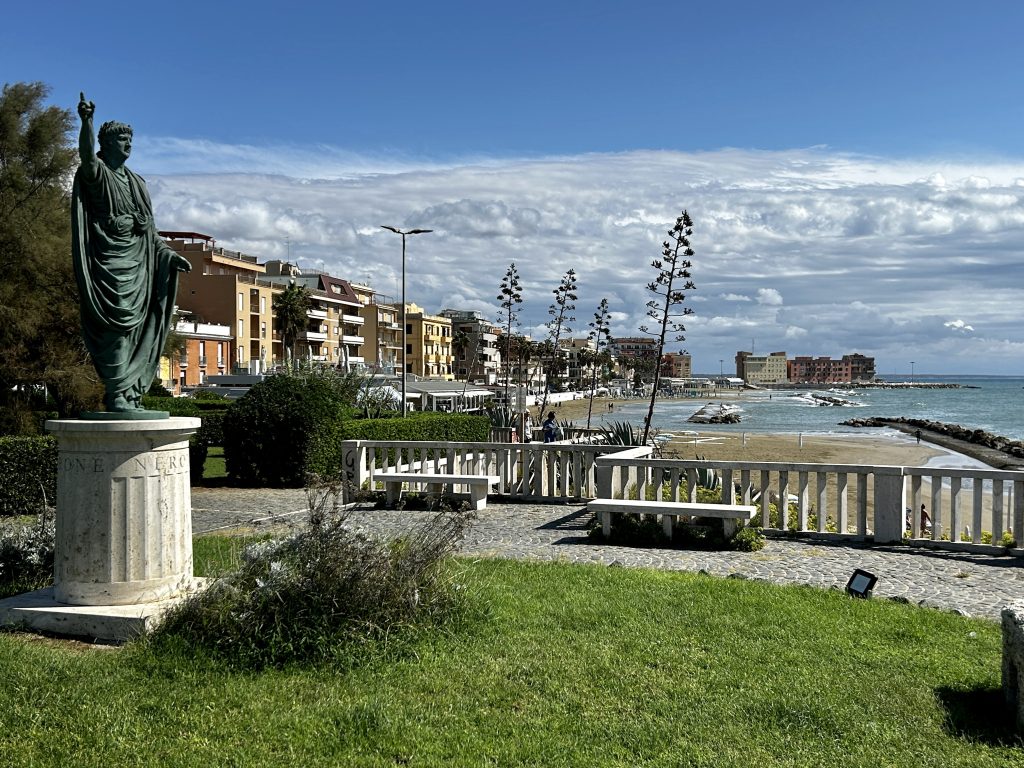
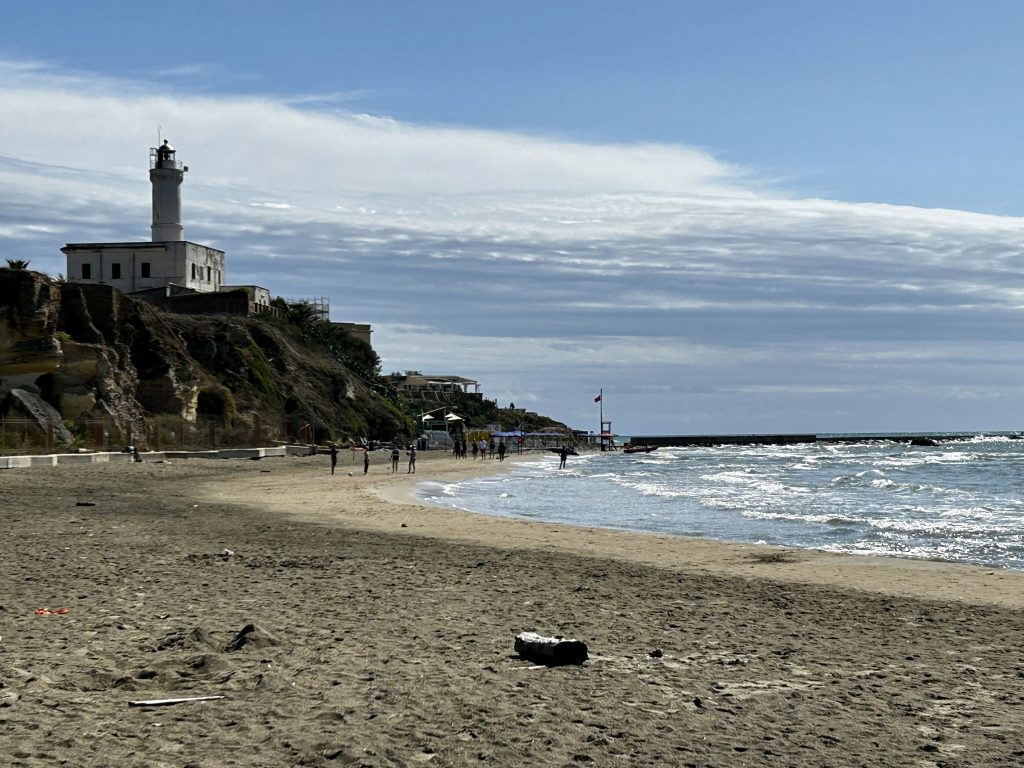
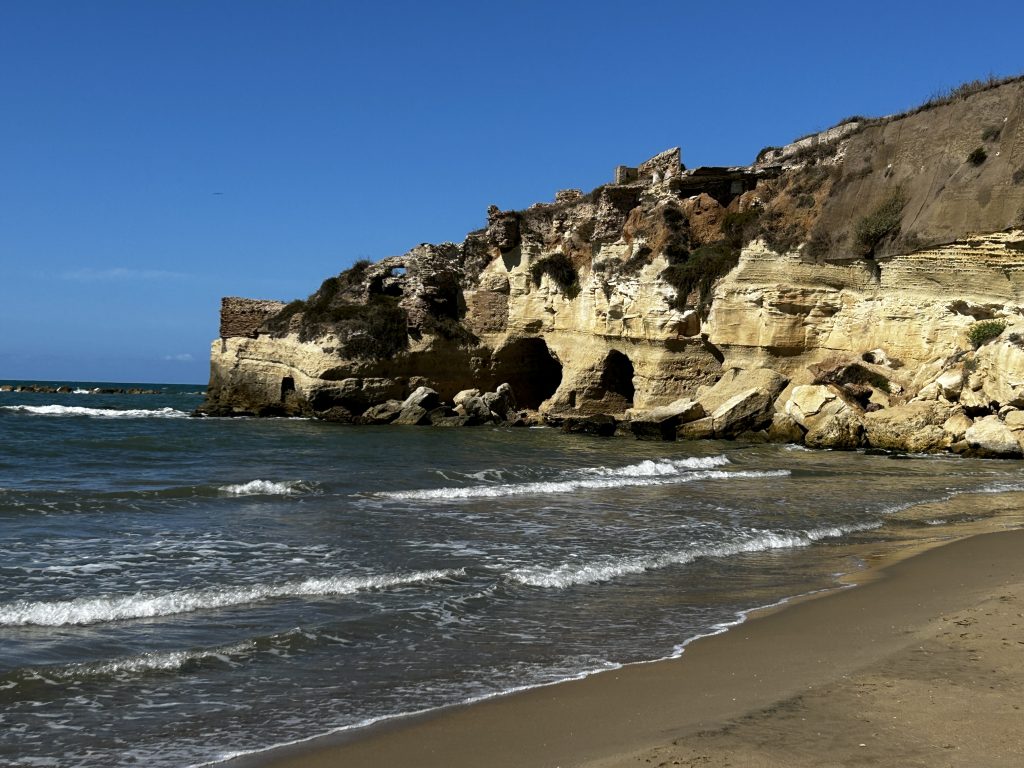
Anzio’s beaches once again became a centre of attention in January 1944 when during WW2, “Operation Shingle” saw troops from the USA, Great Britain and Canada invade them with a view to compromising the German 10th Army and liberating Rome. After a promising start (i.e. a 7 mile beachhead established and an open road to Rome for the loss of just 13 Allied dead) the invasion stalled and developed into one of the more savage battles of the war (more than 43,000 Allied casualties) with Lieutenant General Mark W Clark and his subordinate Major General John P Lucas combining to totally screw the operation up. Lucas (described by Winston Churchill as a ‘Stranded Whale’) was relieved of his command and sent back to the USA after sitting on the beach for 8 days and doing nothing while the Germans rushed their 14th Army south to support their 10th Army. Clark too should have been returned to the USA for tolerating Lucas’ inertia and then deliberately ignoring the orders of his own Commanding Officer (General Sir Harold Alexander) as he sought to retrieve the situation. Lucas’ replacement, Major General Lucian Truscott of the US 3rd Division wrote that “had Clark held loyally to General Alexander’s insructions… and not changed the direction of my attack… the strategic objectives of Anzio would have been accomplished in full”. The US military historian Carlo D’Este was more critical saying that Clark’s actions in disregarding Alexander was “as militarily stupid as it was insubordinate”. Clark kept his post. No surprises there since he was a close personal friend of Dwight Eisenhower, the Supreme Commander of Allied Forces.
Except for a few words about the war cemeteries I perhaps need to draw a line under the Battle of Anzio. It will suffice to say there is a great deal in the town and it’s immediate surroundings to remind any visitor of Imperial Rome and the Anzio landings of 1944.
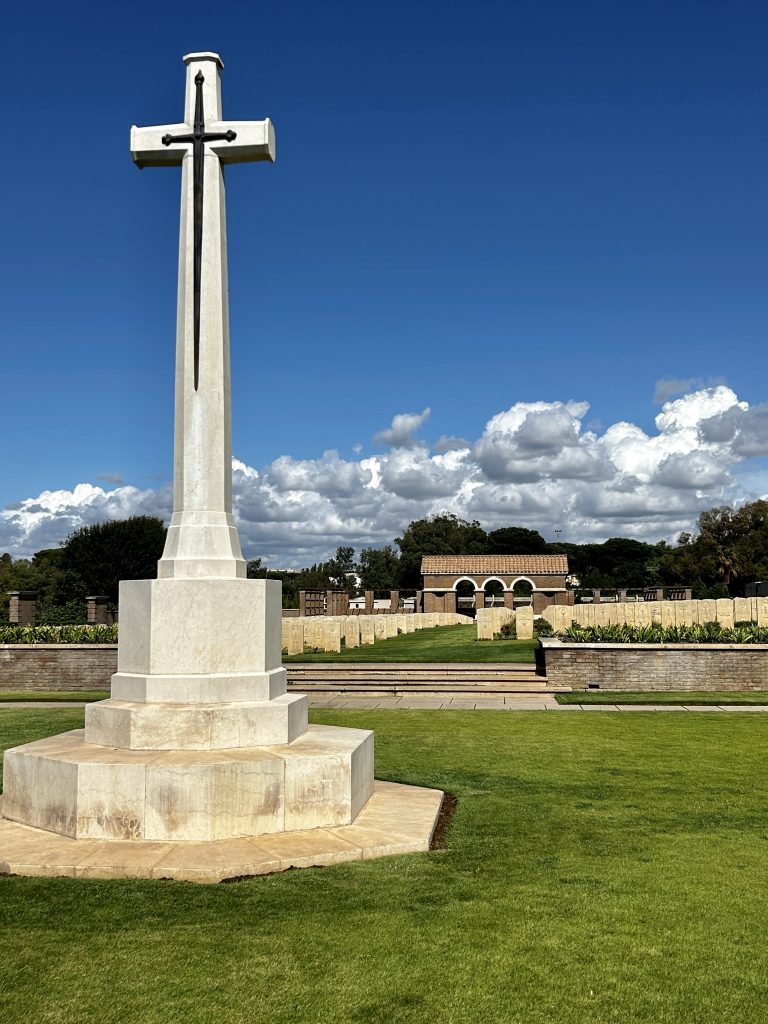
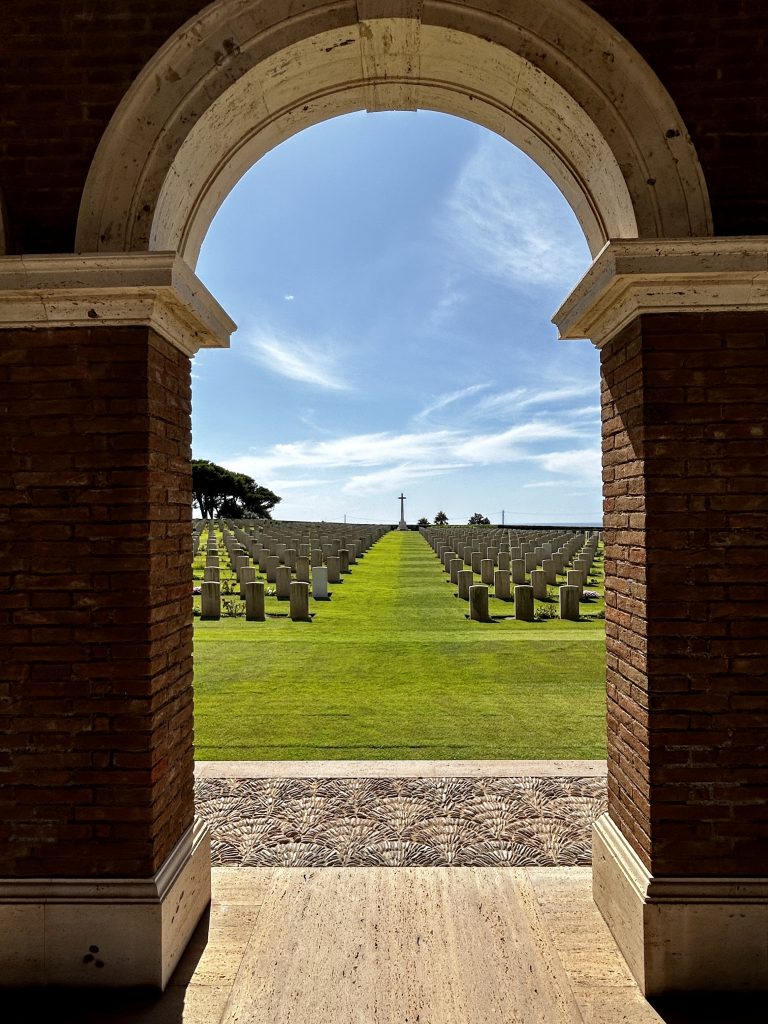
There are three war cemeteries in the area immediately surrounding Anzio; two British & Commonwealth cemeteries (‘Anzio War Cemetery’ and ‘Beach Head War Cemetery’) and the USA cemetery at Nettuno (now known as ‘The Sicily-Rome American Cemetery’ after US cemeteries in Salerno and Sicily were closed).
I took the time to visit the well maintained Anzio War Cemetery and during my walk back to a beach car park where I’d left Vanya with Nala and Beanie, I passed the charming 17th century Villa Adele, a significant part of which is now a museum, the Museo dello Sbarco di Anzio. Initially,the museum’s focus was directed towards the area’s archaeological finds but, perhaps unsurprisingly, four rooms have since been dedicated to the Battle for Anzio; a room each for the USA, Britain & the Commonwealth, Germany and of course Italy. A small part of the museum is centred around a Lieutenant Eric Fletcher Waters, a British officer who landed at Anzio and lost his life in the ensuing battle. His son, Roger Waters, grew up to be a co-founder, bass player and principal lyricist of Pink Floyd and; one of Pink Floyd’s singles, “When the Tigers Broke Free” (originally entitled “Anzio, 1944”) tells the story of his fathers death at Anzio.
Close to Anzio War Cemetery is the Basilica di Santa Teresa. That’s Saint Teresa de Lisieux (the Saint I wrote about in my blog on Alencon earlier this year – Tour 7) and not to be confused with Saint Teresa of Avila or Saint Teresa of Calcutta or any one of the other Saint Teresas’s). The Basilica, which was built between 1926 and 1939, is very imposing from the outside (especially having regard to it’s huge belltower) and it is supposedly very impressive on the inside too but a wedding ceremony was underway as I arrived and I wasn’t inclined to hang around.
One church I was able to access is the Chiesa dei Santi Pio e Antonio on Anzio’s main square, the Piazza Pia. Having been consecrated in 1885, this neo classical style church is a little older than the Basilica di Santi Teresa and, if not so imposing, is far prettier.
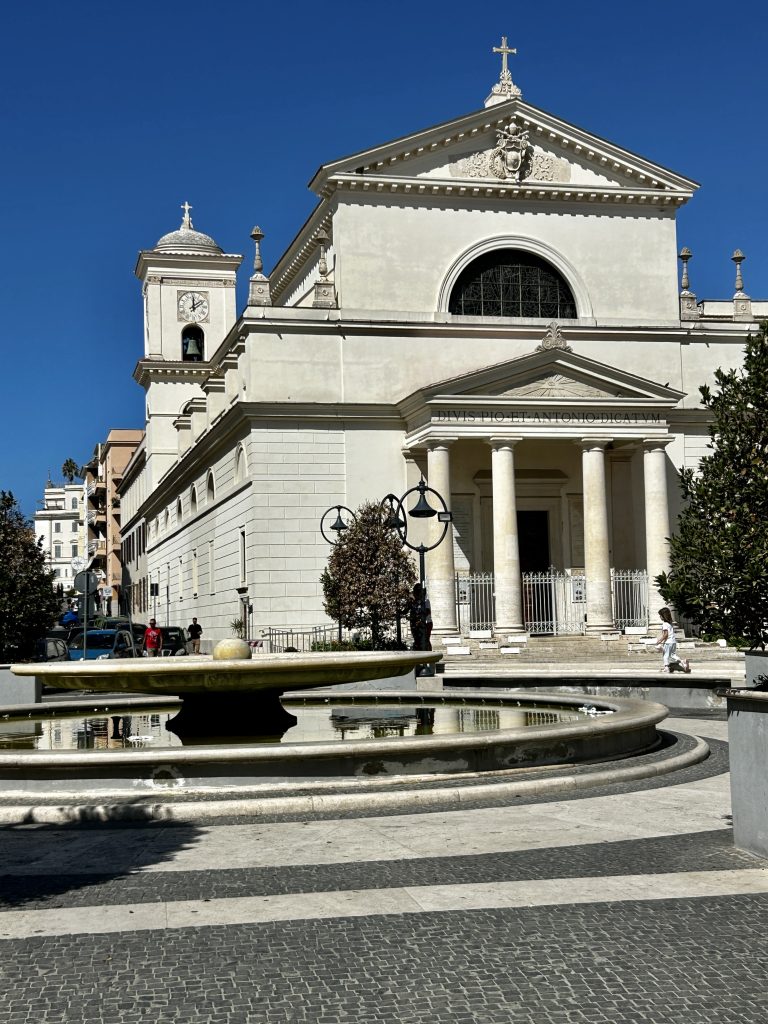
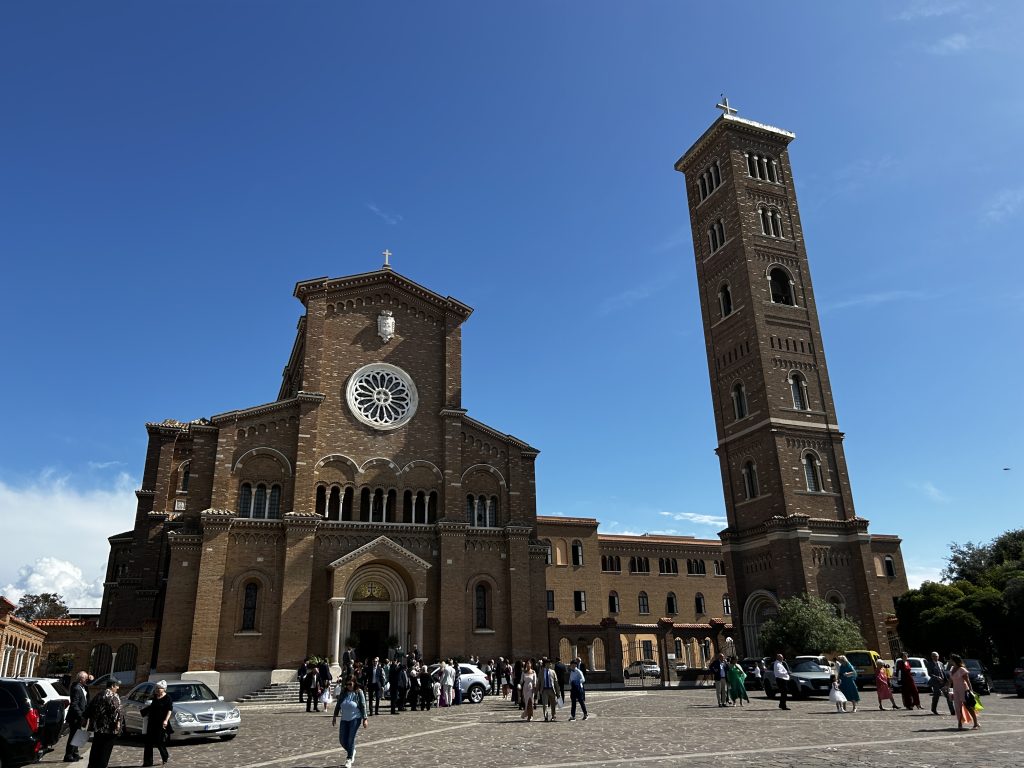
Back at the Van, Vanya and I planned our next move and we determined to drive north along the coast and seek out a good seafood restaurant. This whole area is justifiably famous for it’s fresh fish. We found the perfect place some 16 miles away on a wide sandy beach in Torvaianica. The food, the setting and the mood were truly great. From Vanya’s perspective however that all seemed to fade into nothing against the new drink she discovered at the restaurant – a Prosecco & Lemon Sorbet. Honestly, she was in seventh heaven. I don’t think we’ve heard the last of that drink…
